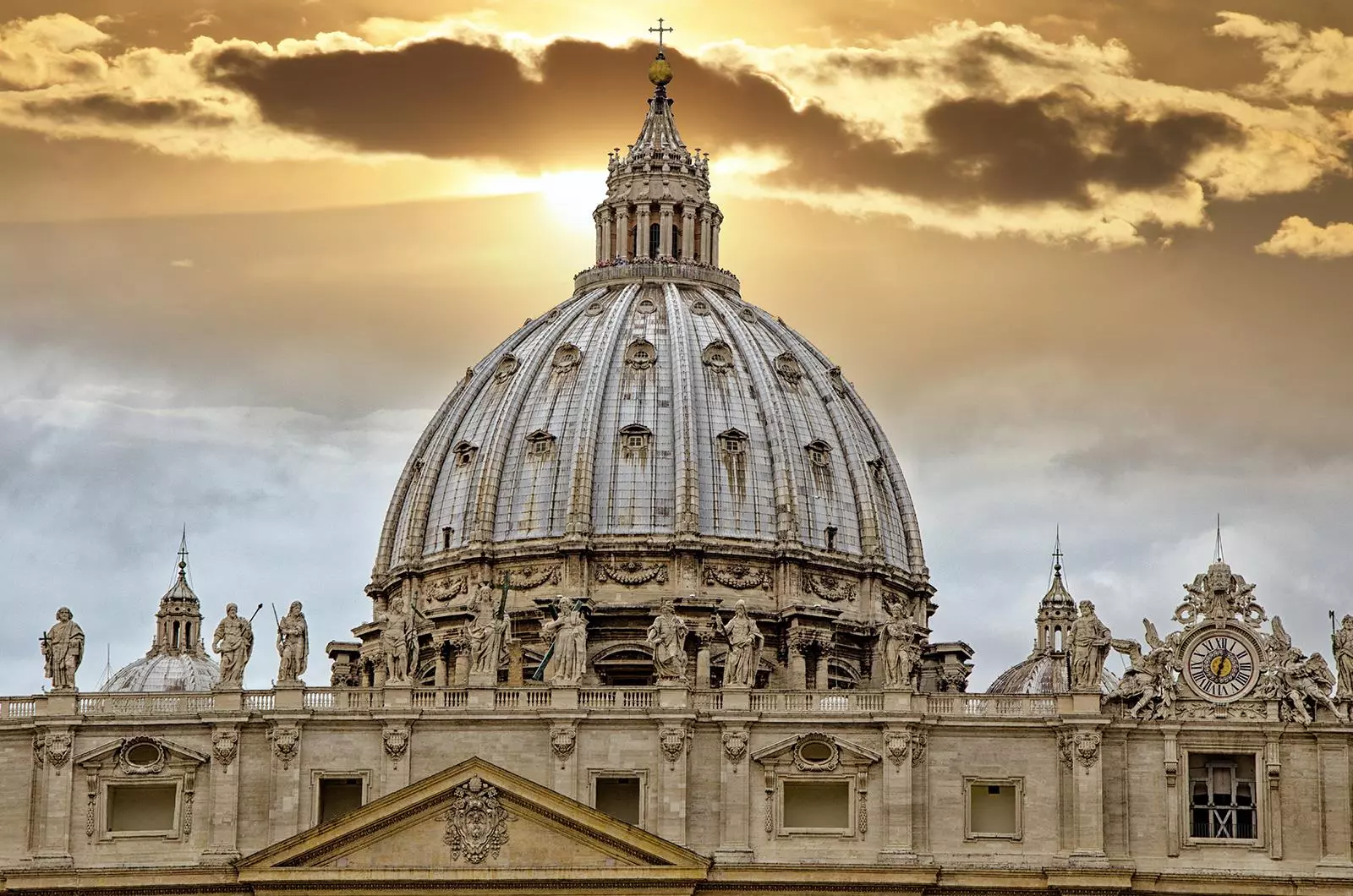Throughout history, various peoples have tried to build shrines and other similar building to various deities and thus express the veneration to them and their religion. This has been present throughout history and it was most prominent in Christianity and from the time when it became recognized as the official religion in the Roman Empire. For centuries, various churches and cathedrals have been built and many of those were amazing in their decoration and size. There have been many debates on the issue of the largest church/cathedral in the world; however, it needs to be stated that the largest church in the world is St. Peter’s Basilica in the Vatican, i.e. Holy See.
St. Peter
In order to see the entire context around the largest church in the world, we need to mention its history and why it is located at that exact place. First of all, it needs to be mentioned that Saint Peter was the most trusted and some would also say the most important follow end Apostle of Jesus Christ. It is also believed that Jesus Christ gave Saint Peter the tasks to create the church and to spread the faith. After traveling through the entire Roman Empire, St. Peter came to Rome, its capital, and it was there that he started teaching and preaching the Christian faith. Furthermore, St. Peter died in Rome and it was buried there. The death of St. Peter came through the execution that was ordered by Emperor Nero. It is believed that St. Peter’s Basilica is actually located over St. Peter’s grave and tomb. It should be also noted that the obelisk that stood near the place where St. Peter was crucified is now placed in St. Peter’s Square in front of the Basilica dedicated to him.

The 1st Basilica
In order to mark and honor the place of St. Peter’s grave, Christians erected a Basilica there when Christianity was not banned anymore and when it became the state religion. The basilica was about 103.6m long.
Reconstruction
The reconstruction of the basilica as we know it started in the 15th century during the reign of Pope Nicholas V who entrusted this task to Leone Battista Alberti and Bernardo Rossellino. After this period, all other popes who came to Rome did their best in order to finish the basilica and make it the greatest and largest church in the Christian world. However, years were needed for the completion since there were wars raging and enormous amounts of money were needed.

The Dome
It needs to be added that the dome was completed in 1950 and that it was completed by Giacomo della Porta and Domenico Fontana. This took place during Pope Sixtus V.

The Façade
The entire basilica has a splendid façade and a lot of time was needed to make it the way it is. The reason for this is the fact that the façade takes up a lot of space. More precisely, the width of the façade is 114.69m and the height is 45.55.

Revivals
It needs to be mentioned that later adaptations of the church were done by the influences of the 19th and 20th-century movements in architecture and most common of these are known as revivals.
Baldacchino
This is the largest object of this kind in all churches in the world since it is 28.74m high and it was designed and Gian Lorenzo Bernini. It was completely made out of bronze.

Artifacts
It needs to be mentioned that the church is not only the largest in the world, it should be also noted that it also has some of the most important relics in the Christian world.

Dimensions
It needs to be mentioned that the interior dimensions of the church are 15,160m2 while the exterior dimensions of the church are 21,095. This is the largest church in terms of the interior capacity of the church. It should be noted that the entire construction was done between 1506 and 1626 and that all other periods were marked by revitalizations and rebuilding. It should be also mentioned that the capacity of the church is 60 thousand people.










